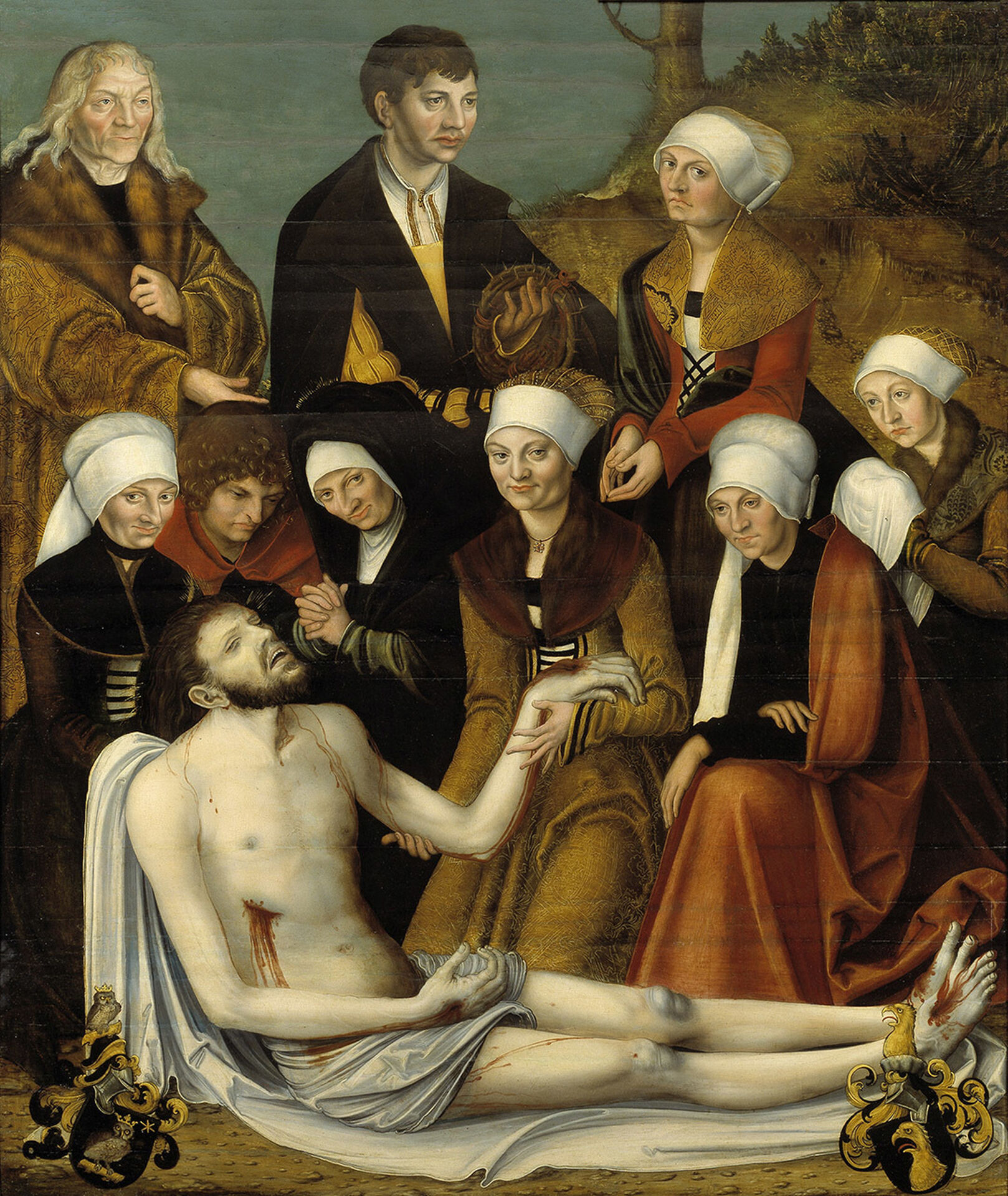June 2020
Nationalmuseum has made a recommendation to the Swedish Government that the painting The Lamentation of Christ by the School of Lucas Cranach the Elder should be returned to Muzeum Narodowe we Wrocławiu in Poland. The painting, which was purchased in good faith for the museum’s collections in 1970, was sold by the estate of Sigfrid Häggberg. All that was known at the time was that it had previously been in Polish possession. However, now we know that this very work had belonged to a museum collection and been stolen from there. This case illustrates the importance of research into provenance and issues of restitution.
All of the museum collections in the world are dealing with issues relating to the provenance of works of art and artefacts. The key questions are do we know everything about the history of the object? Are there any gaps there? And if there are, what are they and why are they there?
Many countries have already invested in what is referred to as provenance research and restitution, including Germany, which invested EUR 1.9 million for this purpose in 2019. Work is being coordinated through the German Lost Art Foundation, which is continuing the undertaking carried out by Bureau for Provenance Research Berlin between 2008 and 2014. 370 projects have been funded so far. In France, President Emmanuel Macron commissioned a restitution report on African cultural artefacts in the collections of French museums. The 108-page report was published in 2018 and recommended the return of cultural artefacts with a colonial background. Other countries have organised their work through their own Ministries of Culture with published restitution policies, or through local government agencies with a mandate to coordinate national work on restitution. A growing number of individual museums are working actively and publicising unclear cases and measures taken. To cite just one example, MAK – The Museum of Applied Arts in Vienna has published all of the museum’s restitution cases that have been processed since 1998.
In many cases, national galleries and similar institutions have an important guiding role to play. This is natural because of the history and size of the collections, experience of research and extensive networks of national and international researchers. Collaboration with experts of the future is also on the agenda. Many universities have started to include provenance research as a subject when teaching courses. This is a good start, but even more efforts are needed.

Nationalmuseum’s case of The Lamentation of Christ by the School of Lucas Cranac the Elder is a good example that makes it clear why proactive research into issues of provenance and restitution is needed in all countries. This need also exists here, in the Nordic countries. We must create clear guidelines on active research that is coordinated and funded jointly.
The Lamentation of Christ was purchased for Nationalmuseum’s collections at Stadsauktion Mariefred in 1970 for SEK 4,000. It was sold by the estate of Sigfrid Häggberg. At this time, before the fall of the Berlin Wall, there was no suspicion that the painting might have been stolen. It was not published with a picture in literature available about Cranach. Furthermore, the list of artefacts evacuated in Poland has not been a public document. The information about provenance in Nationalmuseum’s inventory is that the painting belonged to a company director named Häggberg in Mariefred and had previously been in Polish ownership.
Now, in collaboration with experts at the Polish Ministry of Culture, Nationalmuseum has reviewed the history of the painting in detail and acquired information that was not previously available. The painting is included in a list drawn up in November 1945 of artefacts evacuated from the former Schlesische Museum der Bildenden Künste in Breslau, which were taken to be stored in the town of Kamenz in Poland. When Soviet troops left the occupied territory at the end of February 1946, 100 or so paintings were missing from the list, one of which was the painting in question.
Nationalmuseum is continuously reviewing its collections. Provenance research is one of the prioritised areas of research, together with artefact-oriented research, collection history, reception history, technical material research and conservation science, art education and museology.
The case of The Lamentation of Christ by the School of Lucas Cranach the Elder shows how important it is to invest in provenance research and restitution not only internally, but also at a Nordic level.
//Susanna Pettersson, Director General, Nationalmuseum
